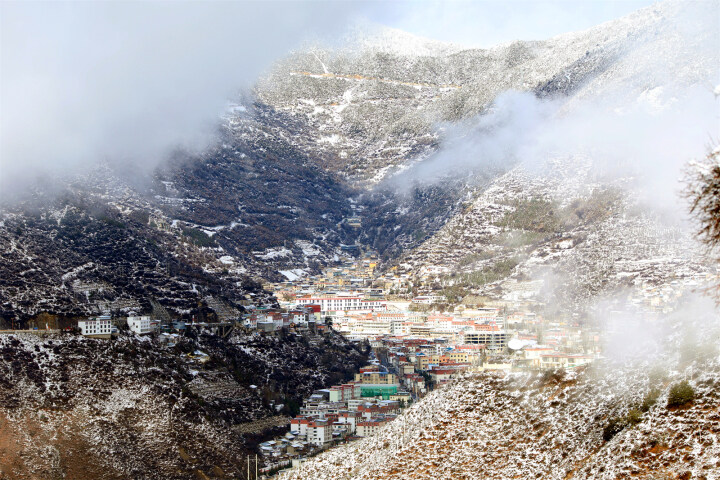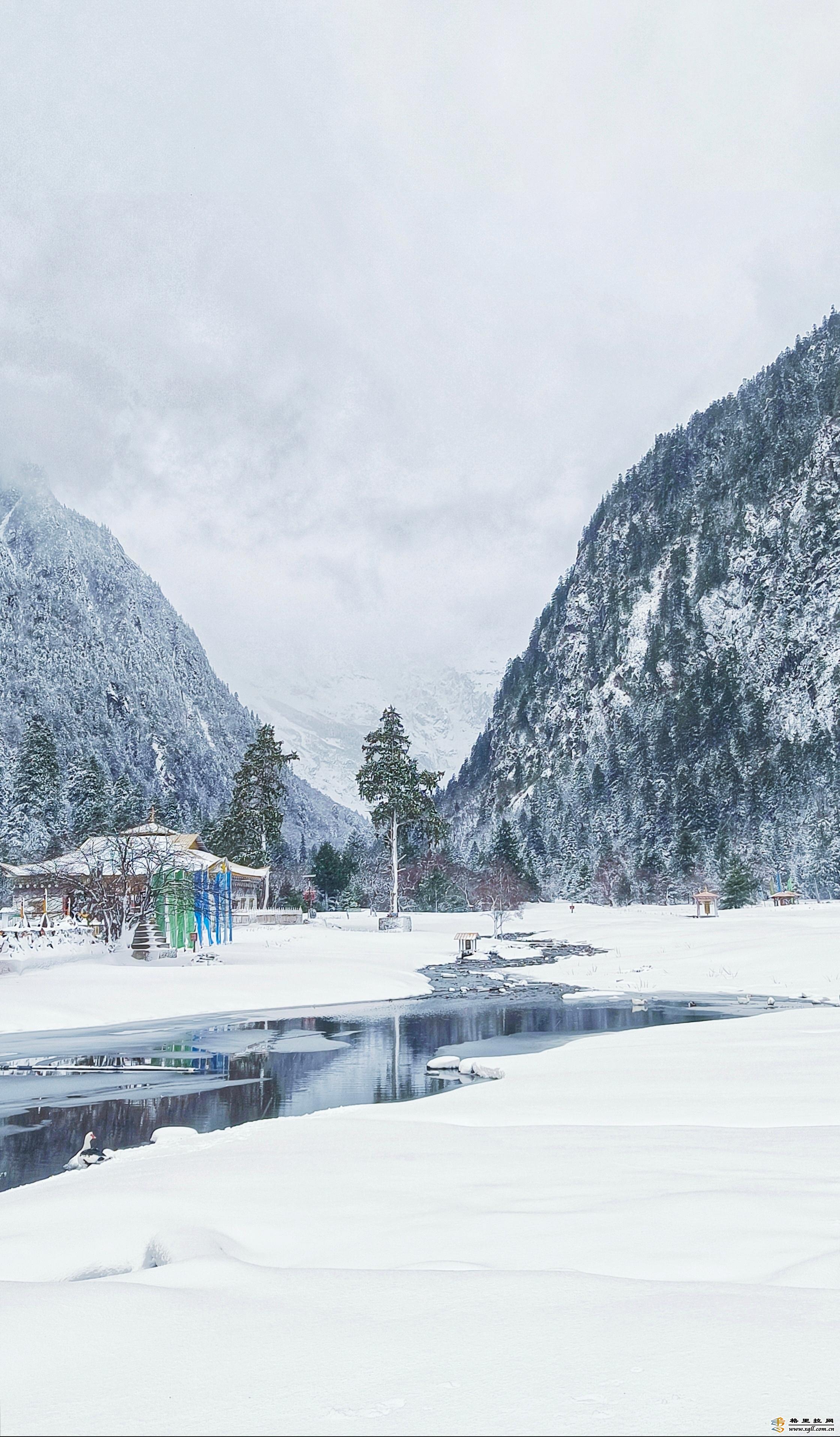
In May, northwest Yunnan’s Shangri-La sees flowers blossoming and grasses growing. The Tibetan plateau begins to present you its best scenery.
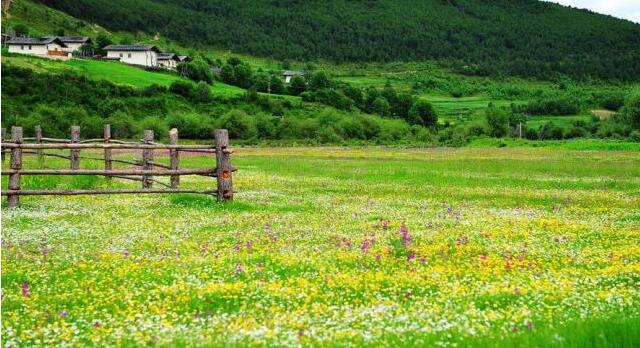
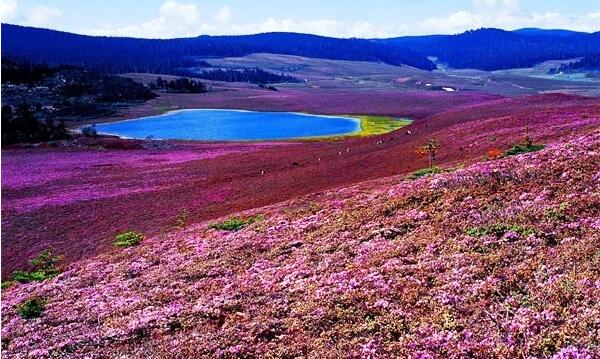
Typical wild-flower varieties in Shangri-La 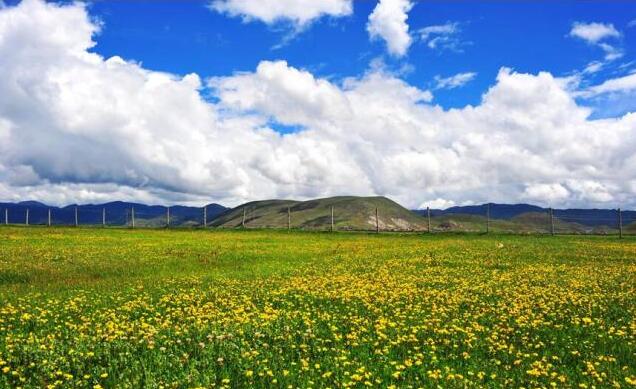
A crowd of galsang flower and crowtoe 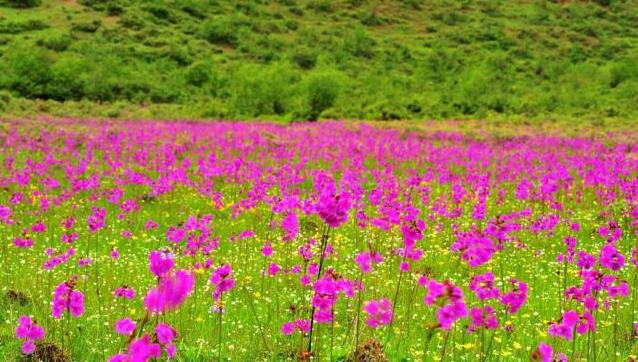
Primula poissonii, a flower native to wet areas at altitudes of 2500–3100 meters in northern Yunnan 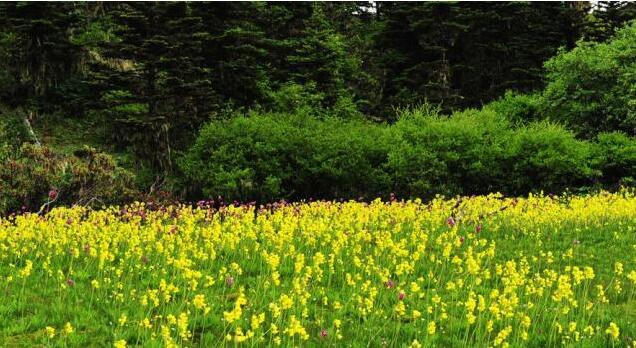
Primula sikkimensis, a flowering plant native to the Himalayan region 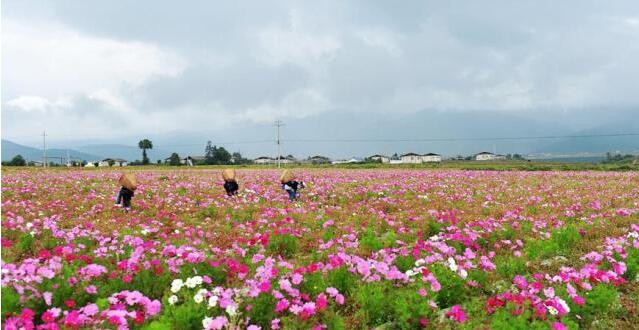
The garden cosmos is said to be introduced into the Tibetan area by an official in the Qing Dynasty (1636-1912). 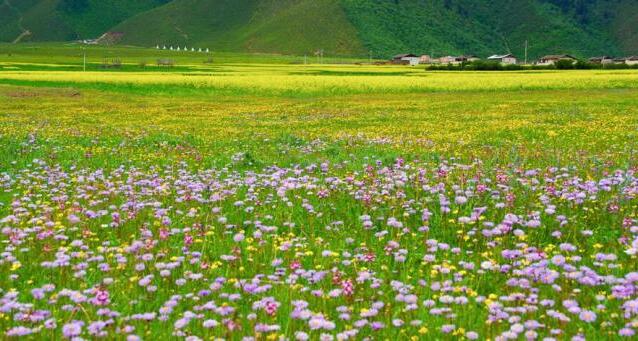
Aster souliei 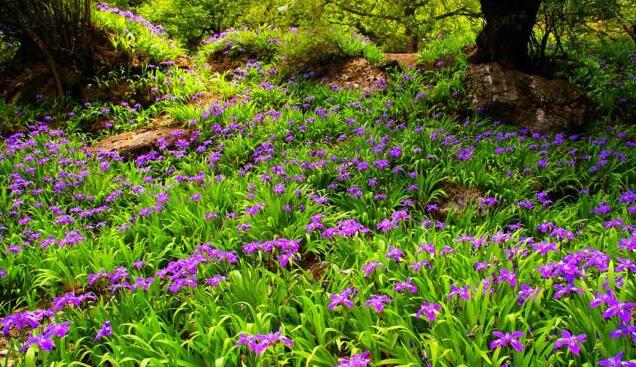
A species of the orchid, usually found near plateau villages 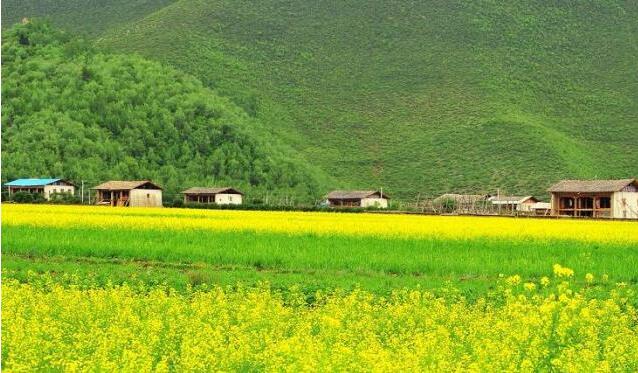
The oil-seed flower usually blooms in spring. In Shangri-La, however, it flowers in early summer. 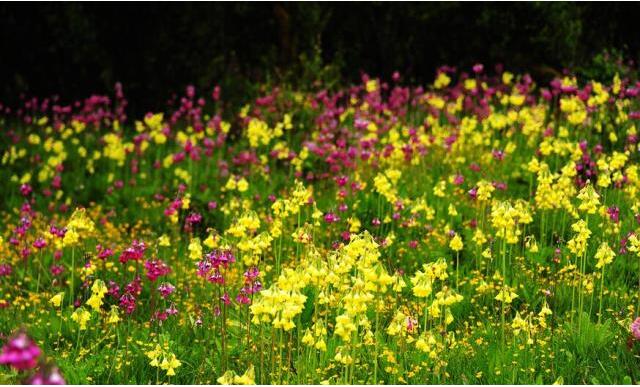
Primula sikkimensis, also called Himalayan cowslip 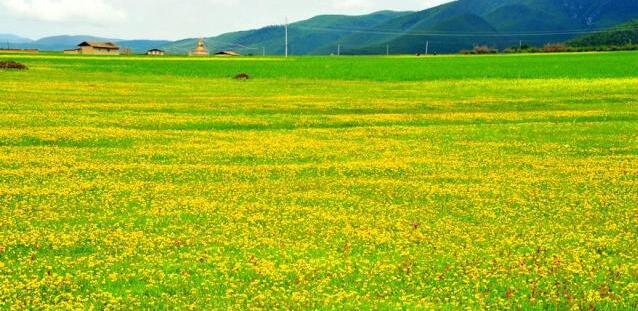
The globe flower, together with other wild varieties 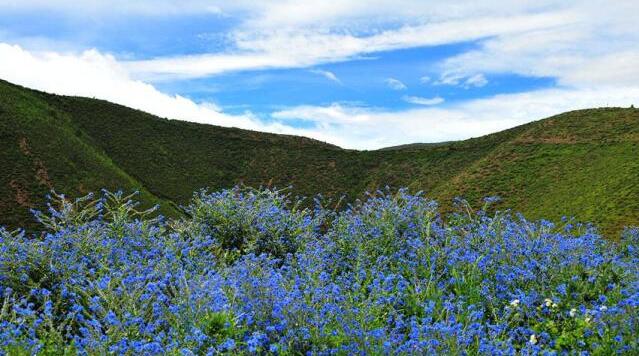
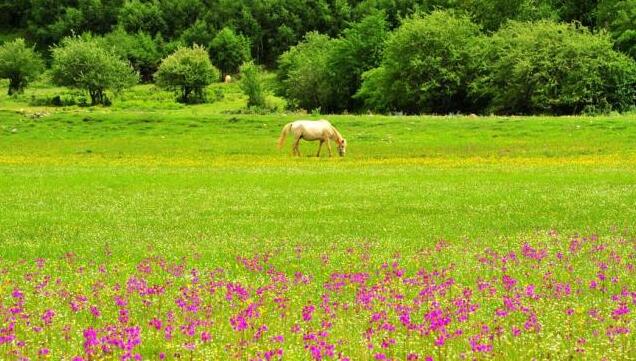
The red, green, yellow seas of flower, dotted by the white Tibetan houses, form a picturesque view. 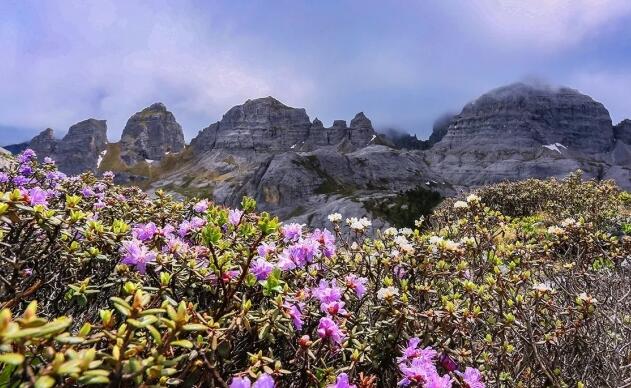
Of the flowers, azalea is the first to bloom in early May, and till mid-June it is the most visible species on the meadow. 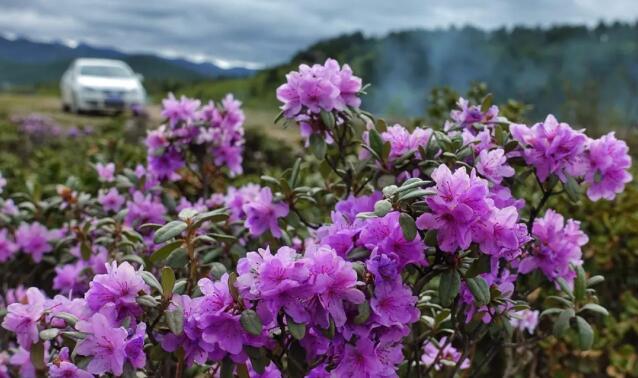
Around 800 azalea species exist in the world. Of the 227 species in Yunnan, 149 azaleas can be found in Shangri-La. 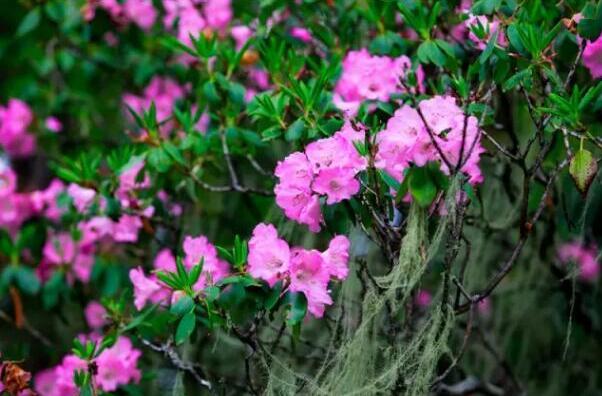
In 1962, Chinese literary critic Feng Mu came to Shangri-La and depicted a azalea sight at the Bita lake, making the lake a dreamy spot in the hearts of the public.
Good places for flower-admiring in Shangri-La 1. Qianhushan 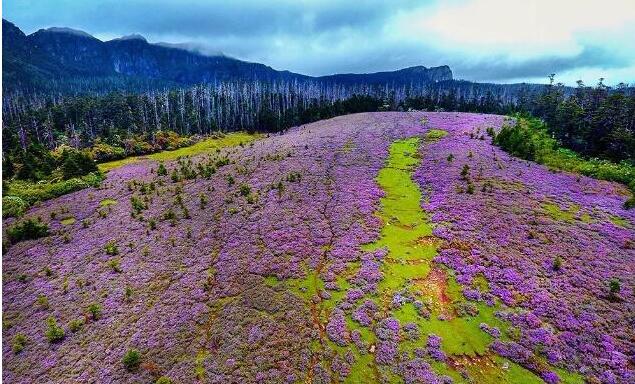
Qianhushan literally means the mountain of thousands lakes, among which the Sanbi Lake and the Black Lake lies at the center. 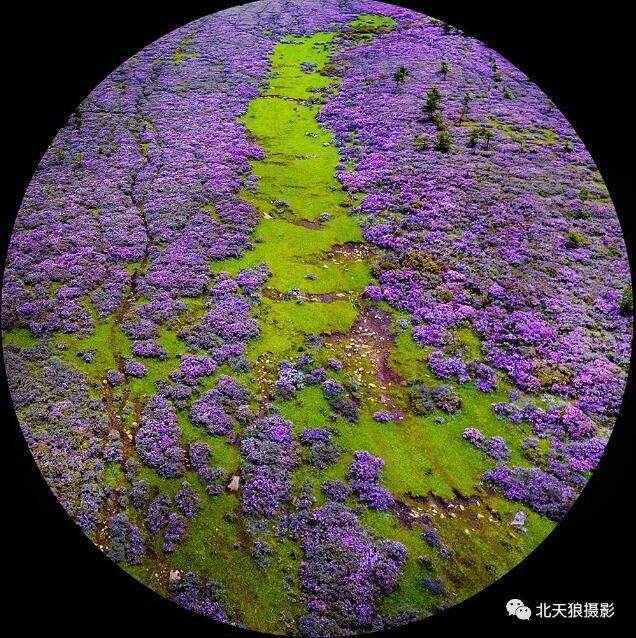
The hills are covered by virgin forests, mostly tall firs and spruce. The lakeside is dotted by azaleas in red, yellow and white. The tree crowns look large and bright. Every year in May and June sees the fair landscape of the sea of azaleas.
2. Bigu Heaven Pool 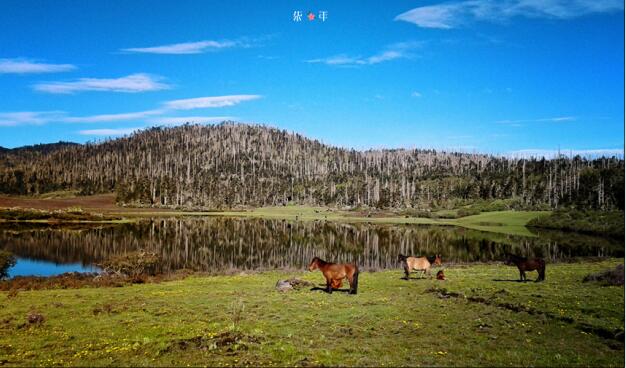
The pool is not large or deep, but it presents a quiet and clear scene. The surrounding flowers and trees could help purify a worldly heart and soul. 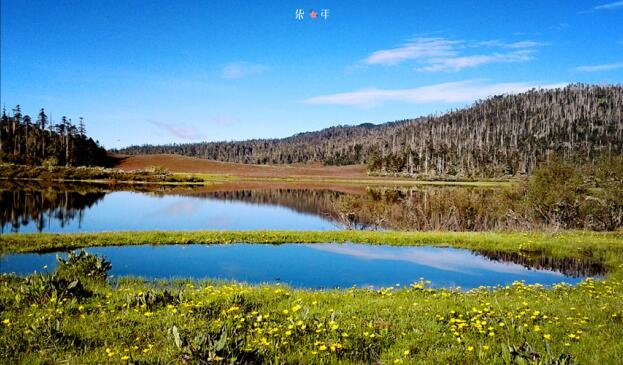
The azaleas are of rich colors: red, pink, white, yellow, and purple. Continuous as the stars that twinkle in the sky, the azaleas stretch in never-ending lines. They decorate the lake, the hill, and the wood. 3. Shika Snow Mountain Shika is a Tibetan transliteration of Shangri-La, meaning "the mountain of red deer." 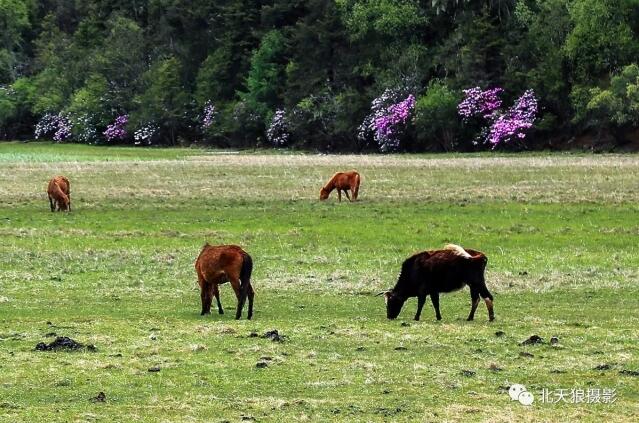
Here, the blue sky, white clouds, snow-capped mountains, meadows, sea of flowers, Tibetan houses, shepherd boys, cattle and sheep, and smoke from kitchen chimneys make up a wonderful picture. At the mountain top, the clouds seem to be within our reach.
4. Pudacuo 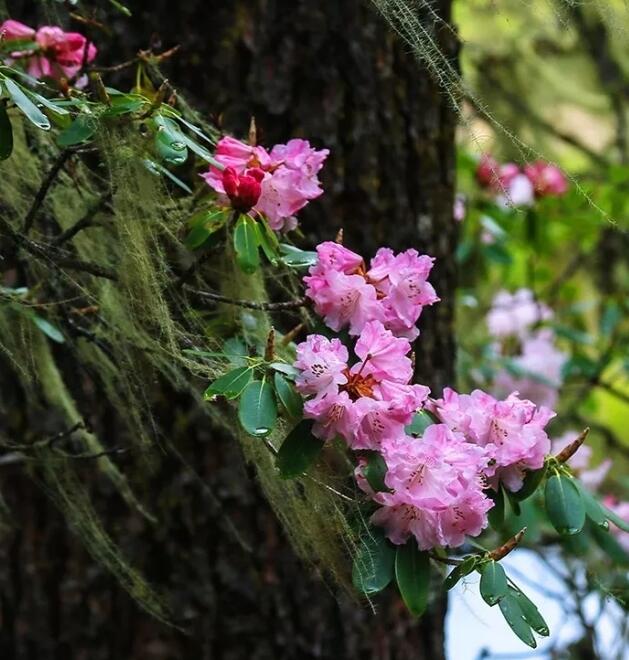
In the Pudacuo National Park of Shangri-La lies mirror-like alpine lakes, which are surrounded by lush pastures, marshes and flowers. In the virgin forests, birds and beasts are often spotted. 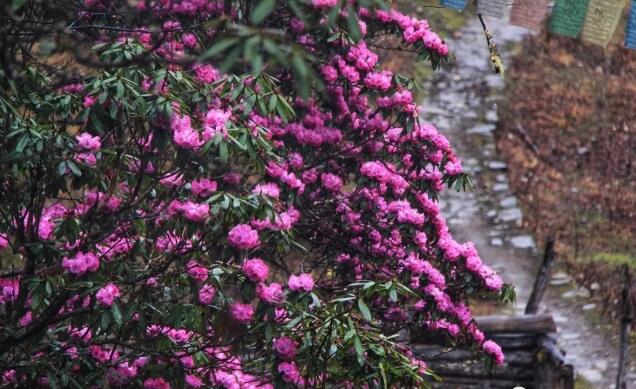
The lakes of Bita and Shidu in the park are known as the eyes of Shangri-La. The Bitah lake is famous for the rhododendron trees. In May and June, the azaleas blossom, and the petals fall into the lake. Having eaten the petals by mistake, the fish get slightly faint the surface a white belly, forming a sight of “fish drunk by azaleas”.
5. Xiaohongdian 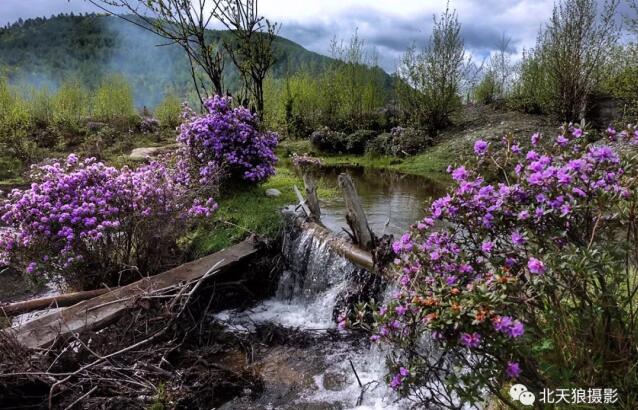
Blooming azaleas in the Xiaozhongdian town draw in flower lovers around the world every year. 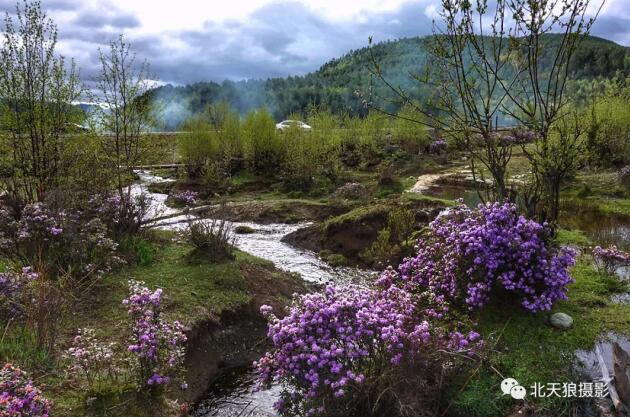
The artist says the azalea is a painting; the poet takes the flower as a poem; the composer thinks it is a everlasting song; and the visitor say the azaleas in Shangri-La form a wonderland.
6. Balagezong 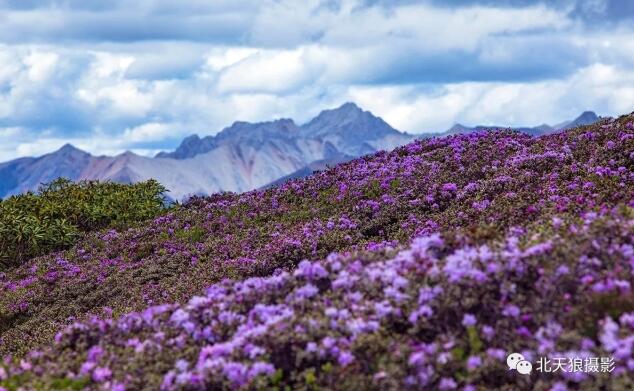
Once an uninhabitable land, Balagezong is an legendary place where only the gods can live. This is allegedly where the kingdom of Shambhala lies. 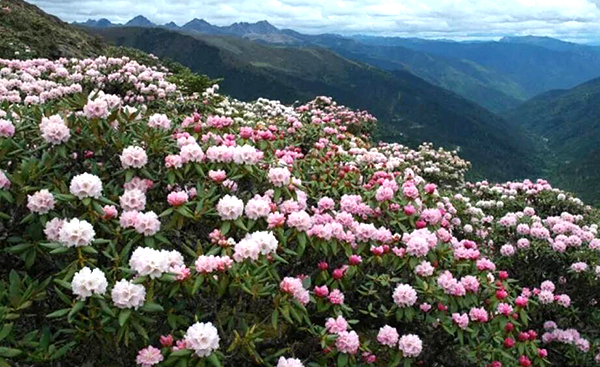
With layers of colorful petals swinging in the breeze, Balagezong is also a lovely garden of the high-mountain azaleas.
7. Baima Snow Mountain 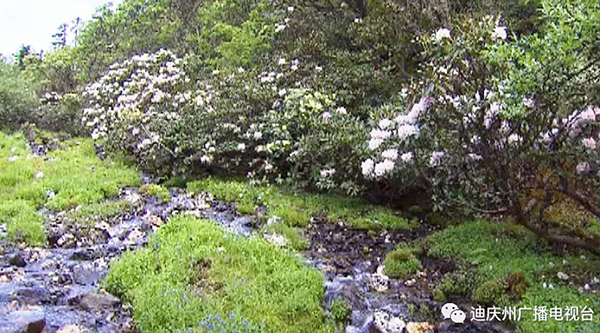
Within the Baima Snow Mountain Reserve, the sub-alpine with an altitude of 3000-4500 meters nourishes more than 50 kinds of azaleas, which bloom from April to June every year. Their rich colors decorate the towering mountains. 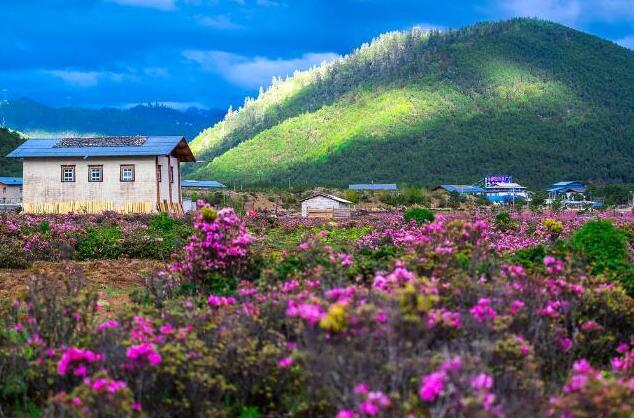
The azalea woods at the mountain foot look like a woolen blanket at Tibetan homes. The azalea stems can be as short as 3-5 centimeters, and they grow on sharp cliffs. Some taller azalea trees are deformed by the ice and snow.
8. Yangtangqu 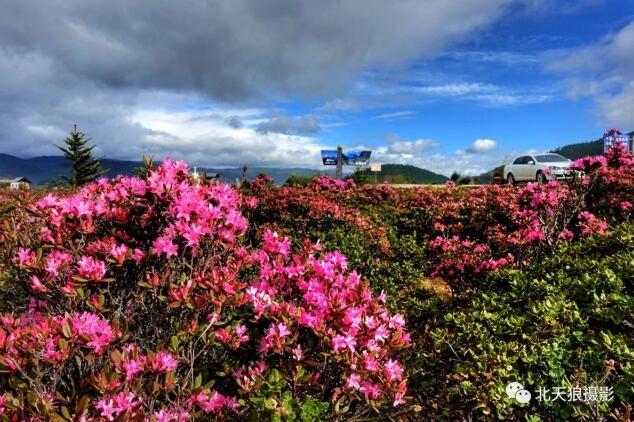
The Yangtangqu scenic area features lush flowers and bending streams, and it is a park of love and romance. The Yangtang river is said to be formed by the holy water released by Sakyamuni from the heaven. 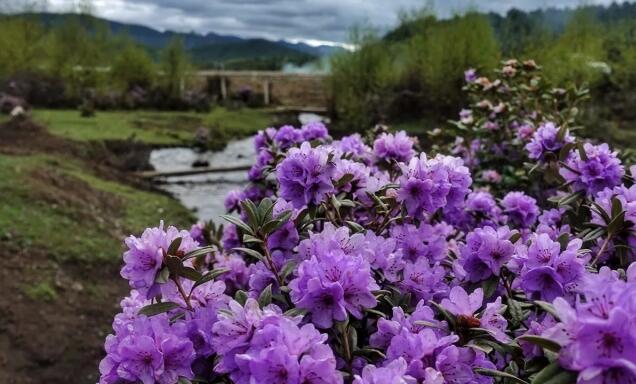
Ancient Tibetan villages lie next to the river. And visitors can take a boat driven by local yaks and go downstream, gazing the blue sky and flower meadow on both sides of the river. 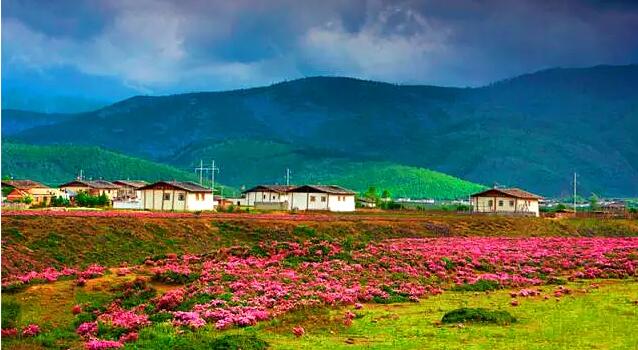
At times, you can hear the Tibetan girls sing on the hillside. What an idyllic life!
Three routes for the flower tour
Line 1: Tiger Leaping Gorge - Xiao Zhongdian (villages of Lianhe and Heping) - Napa Lake - Nixi Road-fork - Benzilan Town - Baima Snow Mountain 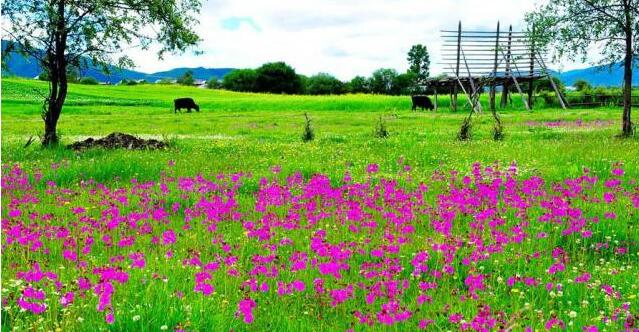
Line 2: Shangri-la City - Baishuitai - Sanba Road-fork - Luoji Township (Lizu Village) 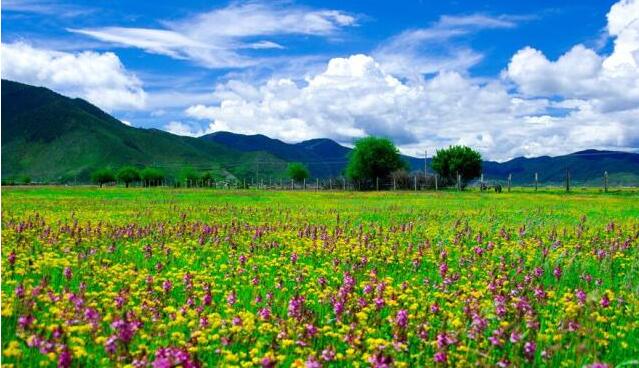
Line 3: Washbasin-shaped Pass in Shangri-La's - Qizong - Tacheng Town in Weixi - Weixi County
By Zhu Dongran and Wang Shixue; Online photos |







































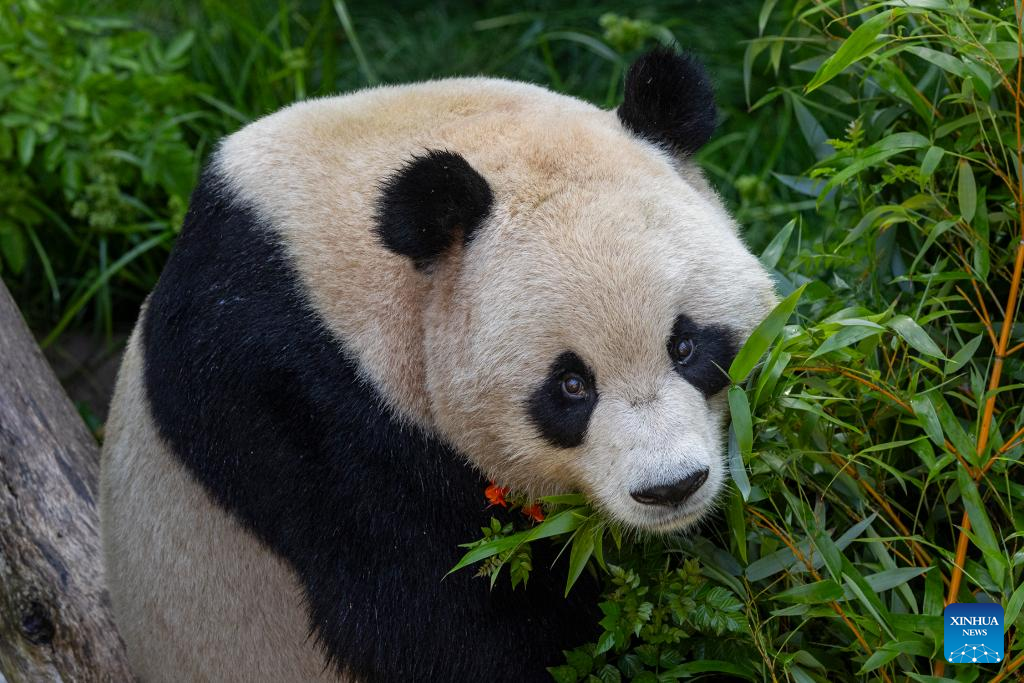
7740f3b5-9ecb-438e-9052-76cb2d4bb671.jpg)
